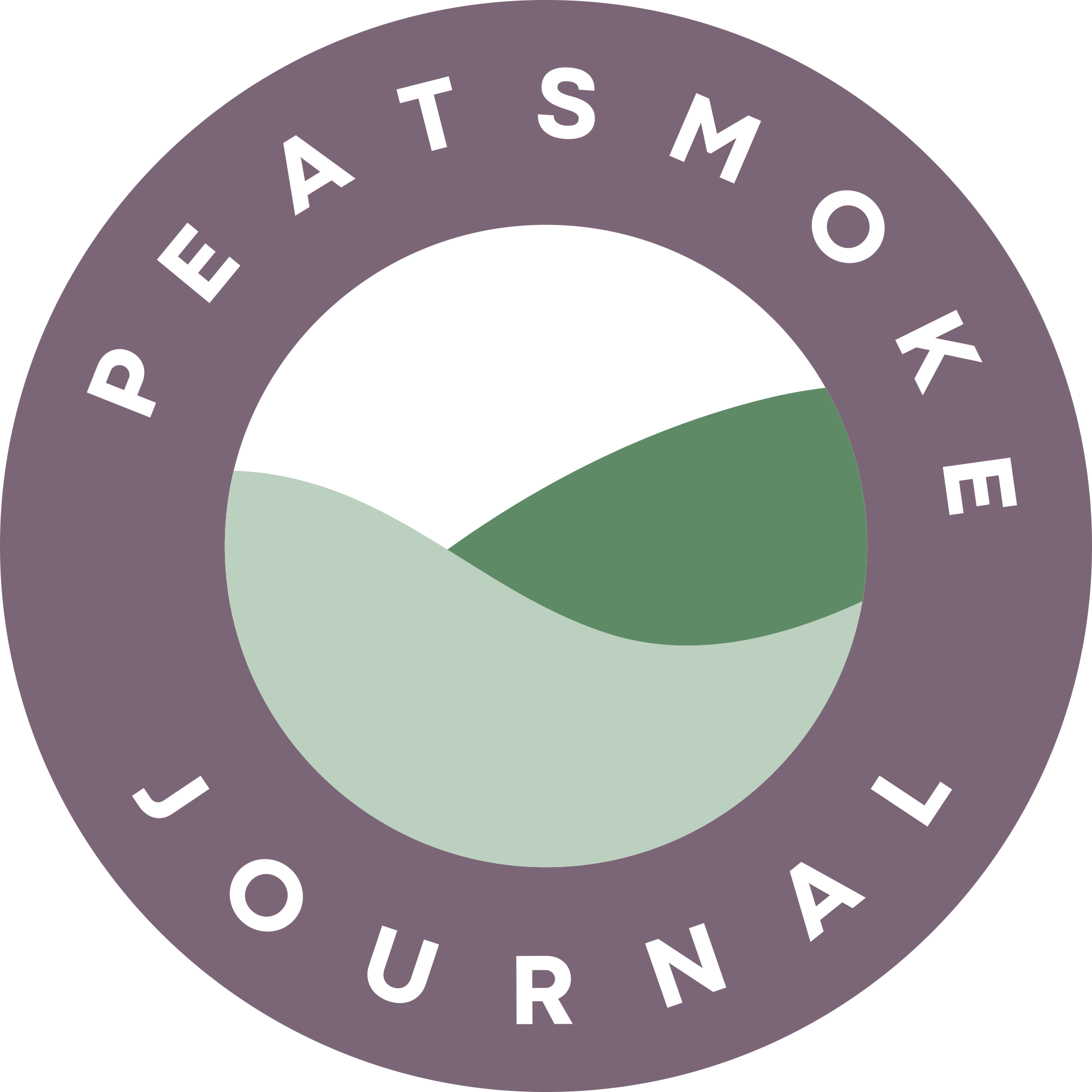Our Goldfinch Math Doesn't Add Up
“Queencard” by Lindsay Liang
I’m inside, tucked behind one of the large hawk shadow decals I’ve placed on the window to stave off sorrow. Outside, a black-hatted goldfinch swoops a low arc, his shimmering back candle-flame yellow. He’s chasing an iridescent olive female with single-minded focus, dancing and darting, fluttering and dipping. Of course he’s going to get the girl.
My WD40-wielding, tea-preparing, lullaby-singing, beige cardigan-wearing bear of a man joins me at the window, approaching as slowly and gently as he’s able, so as not to disturb them. The palm of his large hand swings around the nape of my neck, his pinky finger absentmindedly smoothing the scar below my collar bone, the old port to my veins. His finger says, his math says, odds are we’re safe now, but he’s learned not to say it out loud. My math says we never saw it coming the first time. My math says stay wary, stay alive.
I load the feeder with sunflower seed, their favourite, wanting to plump them up, hoping for a successful breeding season, preparing them for challenges ahead.
We slid like a team into this birdwatching thing, embraced it even, between the children-flying-the-coop and the travel-while-we-can phases, as if we’re not making our own choices but are controlled by age and stage. Or maybe our whole lives led us to this. We finally have the health, the savings, the time, our kids don’t need us the same way, and watching birds is what we choose to do.
Days later, she’s built a fine nest nearby with twigs and spider webs, tucking them in tightly until it’s waterproof. He collects materials and drops them off. They’ve become frenzied with work, distracted.
A jay screams a warning in the distance, but not soon enough. A brown hawk swoops in on silent feathers and reaches for her with extended claws. Two tiny green feathers float to the ground, but she’s lucky and dextrous in the narrow space, and zig-zags free.
She coasts until her whisper-light body flies full tilt into our window with an impossibly loud thud, flinging her to the deck, where she lies on her side, exposed, eyes wide open, chest beating visibly.
My husband jolts when she drops. He draws a deep, shaky breath. He gives my neck one last hand-hug before leaving, but I’m steady. I want to say, you see? I expect he’s going to put the kettle on.
Moments pass. She turns herself upright but otherwise remains still, like she’s choosing whether to give up or go on. It takes a moment to regain your bearings when you survive. To recalculate your odds. I stare at her, hoping she’ll know I’m here, offering to hold for her the truth of her perilous existence, her fear, her fragility.
The feeder is silent a long while. The buttery-yellow male is the first of the pair to resume his work, flitting from place to place, twittering, rummaging, collecting. In the fall, if they make it, the goldfinch couple will moult and become indistinguishable, an old pair cloaked in matching drab colours.
My husband’s math says we’re through the dark times and out the other side; I should relax. But coping isn’t intuitive. My math says, her math says, the probability of an event occurring in the future is not affected by the occurrence of unrelated events in the past.
About the Author
Andrea Bishop lives in British Columbia, Canada. Her flash and short stories appear in The Masters Review, Grain, The Fiddlehead, Cleaver, and elsewhere. Andrea’s a morning person who has a deep respect for forests, dogs, quests, and spreadsheets. She welcomes visitors at andreabishop.ca and dialogue on Bluesky @AndreaBishop or X (formerly Twitter) @_AndreaBishop.
about the artist
Lindsay Liang is a visual artist whose work investigates the quiet violence of systems—medical, emotional, and mechanical. Her practice draws from dream logic, anatomical language, and the sensory erosion of memory. Through painting, drawing, and mixed materials, she constructs fragile structures of containment: drained bodies, fused orifices, pressure points where function slips into failure. Influenced by post-utopian medical imagery and the aesthetics of rupture, Liang approaches the body not as subject but as site—of desire, deprivation, and collapse. Her recent work explores liquefaction as a condition of both survival and disappearance.

